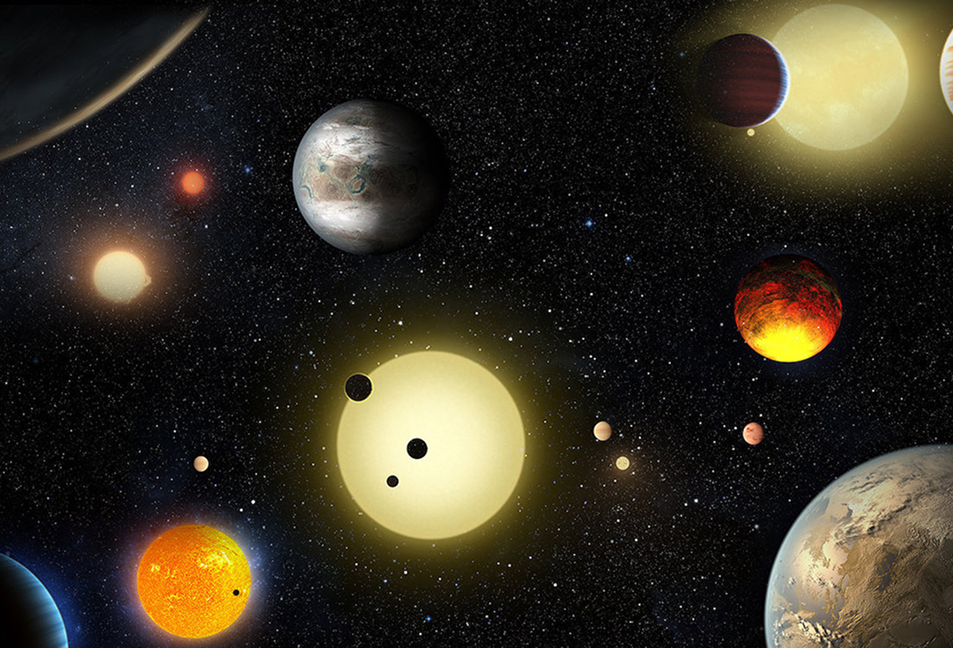The study of space and exoplanets has moved from speculative astronomy into a data-rich, instrument-driven science. Within the United Kingdom, universities, government laboratories and a growing commercial space sector are combining precise instrumentation, theoretical modelling and international partnerships to push understanding of planets beyond our solar system and the astrophysical processes that shape them. The UK’s contribution spans instrument design for ground- and space-based observatories, atmospheric modelling, lab-based analogue experiments, and the development of data-analysis pipelines that turn terabytes of measurements into robust scientific insight.
Observational capabilities and instrument innovation
British groups have a long history of designing, building and operating key instruments for observatories worldwide. From sensitive spectrographs that split starlight into its component wavelengths to coronagraphs that block starlight to reveal faint companions, UK labs contribute optical, infrared and detector technologies that increase sensitivity and precision. On the ground, UK astronomers make heavy use of world-class facilities through international consortia: large optical/infrared telescopes, submillimetre arrays and radio interferometers that together probe exoplanet host stars, protoplanetary discs and the circumstellar environments where planets form. In parallel, UK teams are active in developing payloads and data systems for space missions, working with partners to fly instruments that measure exoplanet atmospheres, stellar activity and system architectures from above the Earth’s atmosphere.
Characterising exoplanet atmospheres
A central focus is the study of exoplanet atmospheres. When a planet transits across its star or passes behind it, minute changes in starlight can be measured to infer atmospheric composition, temperature structure and cloud properties. UK researchers develop retrieval frameworks—statistical tools that translate spectral signatures into abundances of molecules such as water vapour, carbon dioxide, methane and exotic species. These analyses require careful treatment of both astrophysical noise (stellar variability, instrumental systematics) and the complex chemistry of atmospheres under unfamiliar pressure–temperature regimes. British teams also lead on high-resolution spectroscopy that can separate planetary signals from the host star, measure winds and rotation on exoplanets, and detect isotopic ratios that hint at formation history.
Planet formation and protoplanetary discs
Understanding exoplanets requires tracing their origins. Observations of protoplanetary discs—dust and gas around young stars—reveal rings, gaps and spiral features that are likely carved by forming planets. UK theorists and observers collaborate to link disc substructure with planet mass, migration and growth. Laboratory experiments and microphysical modelling developed in UK institutions probe dust coagulation, ice chemistry and the dynamics of pebble accretion, helping to explain the remarkable diversity of exoplanetary systems observed: compact multi-planet systems, hot Jupiters close to their stars, super-Earths with no Solar System analogue.
Small bodies, habitability and biosignatures
Beyond gas giants, the UK research community is increasingly interested in smaller, temperate worlds and the conditions that make them habitable. Work spans the detection of temperate terrestrial planets orbiting M-dwarfs and Sun-like stars, modelling of surface–atmosphere interactions, and assessments of how stellar activity affects atmospheric retention. The search for biosignatures—molecular patterns that could indicate life—requires rigorous frameworks to avoid false positives. UK teams contribute cross-disciplinary expertise, combining geochemistry, planetary atmospheres and observational astronomy to develop robust criteria for interpreting potential biosignature detections.
Data science and machine learning
Modern exoplanet science is data-driven. UK groups are strong in algorithm development, producing open-source pipelines that clean, calibrate and extract weak planetary signals from noisy datasets. Machine learning methods are employed to sift large survey volumes for transit signals, to classify stellar variability and to accelerate forward models in complex atmospheric retrievals. This computational leadership ensures that UK scientists remain central in large international surveys and mission teams, contributing both scientific interpretation and software infrastructure.

